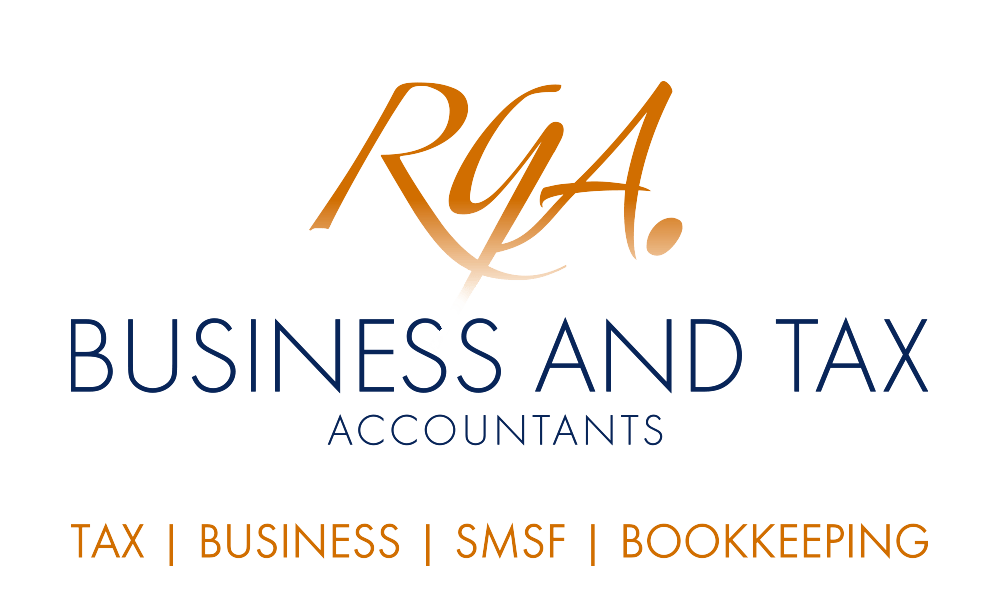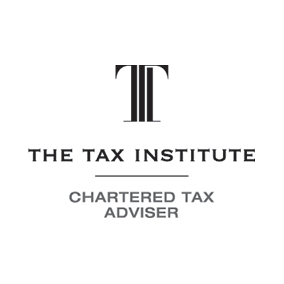Grouping provisions are designed to avoid a loss of payroll tax where related corporations or businesses under the same control split their payroll between the businesses to take advantage of the tax-free exemption level. However, many employers across Australia may not be aware of these provisions or their obligations under the rules.
The payroll tax
grouping rules are complex and many employers across Australia are not aware of their existence or of employers' obligations under these rules. The rules require employers to group the payroll tax liabilities of the businesses they control, deeming those businesses to be a single entity for payroll tax purposes. Wages of the related businesses are added together, and payroll tax liability is calculated based on the group's total wages.

Further, all members of the group become liable for the payroll tax debts of the group incurred while they are members of that group. This means that if one member defaults on the payment of payroll tax, the amount may be recovered from any of the other group members.
This article provides a basic overview of the payroll tax grouping rules.
Background
Payroll tax is a state or territory based tax payable by employers as a percentage of total wages they pay to their employees.
Different jurisdictions have different payroll tax rates and general deduction thresholds. New South Wales, the Northern Territory, South Australia, Tasmania and Victoria have substantially identical payroll tax legislation and Queensland has legislation to align to these states and territories.
| State/territory |
Payroll tax rate |
| ACT |
6.85% |
| NSW |
5.45% |
| NT |
5.5% |
| Qld |
4.75% |
| SA |
4.95% |
| Tas |
6.1% |
| Vic |
4.85% |
| WA |
5.5% |
Payroll tax only becomes payable by an employer (or a group) when the total of all wages paid exceeds a general deduction threshold. The annual thresholds are different in each state and territory, as shown in the following table.
| State/territory |
2016–2017 |
| ACT |
$2 million |
| NSW |
$750,000 |
| NT |
$1.5 million |
| Qld |
$1.1 million |
| SA |
$600,000 |
| Tas |
$1.25 million |
| Vic |
$575,000 |
| WA |
$850,000 |
Each state and territory also has a monthly threshold which is 1/12th of the annual threshold, with the exception of New South Wales and Tasmania, which have different thresholds for 28-day, 30-day and 31-day months, as shown in the following table.
| Month length |
NSW 2016–2017 |
Tas 2016–2017 |
| 28 days |
$57,534 |
$95,890 |
| 30 days |
$61,644 |
$102,740 |
| 31 days |
$63,699 |
$106,164 |
Generally, employers are required to self-assess their payroll tax liability on a monthly basis, then reconcile it at the end of each financial year. Employers are required to register for payroll tax if during any one month their total Australian wages (or their group's total Australian wages) exceed the relevant monthly deduction threshold level.
For payroll tax purposes, the definition of "wages" is very wide. It includes:
- normal wages;
- staff allowances;
- staff commissions and bonuses;
- employer (pre-tax) superannuation contributions, including super guarantee payments, monetary and non-monetary salary sacrifice contributions and contributions to defined benefit funds;
- the aggregate grossed-up (using type two factor) fringe benefits amount;
- the value of shares and options;
- payments made to certain contractors;
- certain payments made by employment agencies in relation to employment agency contracts;
- director payments; and
- termination payments and paid-out accrued leave.
There are, however, a number of payments specifically exempted from payroll tax, such as:
- maternity or adoption leave paid in addition to normal leave entitlements;
- payments made under the Commonwealth Government's Paid Parental Leave scheme;
- contributions made by employers to a non-fringe benefit portable long service leave scheme or a redundancy or severance scheme;
- reimbursements of business expenses incurred by employees in the course of the employer's business, but only where the precise amount is reimbursed;
- the income tax free portion of redundancy or early retirement payments; and
- certain payments made by insurers and compulsory Workers Compensation payments.
Example
ABC Pty Ltd has employees in both Victoria and Tasmania. In a 31-day month, the monthly wages paid for all of its employees total $50,000. As ABC Pty Ltd has businesses in more than one Australian jurisdiction, it needs to calculate its payroll tax liability in both states.
ABC Pty Ltd needs to register for payroll tax in Victoria, as its monthly wages total of $50,000 exceeds the monthly Victorian general deduction threshold of $47,916 ($575,000 divided by 12 months).
ABC Pty Ltd would not need to register for payroll tax in Tasmania, as its wages total does not exceed the monthly Tasmanian general deduction threshold ($106,164, which is the specific threshold for a 31-day month).
Nexus test for payroll tax
The payroll tax legislation includes provisions to determine in which Australian jurisdiction a payroll tax liability arises when the employees of a business work in more than one state or territory. The nexus provisions take into account these factors, in the following order, to determine the state or territory most closely connected with the employee's services:
- the state or territory where the employee's principal place of residence is;
- where the employee has no principal place of residence, the state or territory where the employer's Australian Business Number (ABN) registered address is;
- where the employer does not have an ABN or has more than one, the jurisdiction where the employer has its principal place of business;
- if none of the above apply, the state or territory where the wages, or the majority of the wages, are paid or payable (generally, this is the jurisdiction in which the employee has their bank account); and
- if none of the above apply, the state or territory where the majority of the employee's work occurs.
The nexus test is also important when considering the available general deduction thresholds. If a business pays wages in more than one state or territory, the threshold is calculated as a proportion equal to the ratio of wages paid in the particular jurisdiction.
For example, if 25% of the total Australian wages were paid in Victoria, the relevant threshold for that state would be 25% of the full $575,000 Victorian threshold – that is, $143,750.
Payroll tax grouping: basic rules
The grouping provisions have the effect of deeming certain businesses to be related and including them in a group for payroll tax purposes. Businesses will be grouped if there is a common link between them. That is, if the grouping definitions are met, businesses are obliged to form a group unless they can obtain the relevant exemption.
Where payroll grouping occurs, a single threshold deduction applies to the group as if it were a single entity. Each group member has to register for payroll tax and lodge a separate return, but the calculation of their payroll tax liability is based on the group's total wages amount.
A payroll tax group will occur in the following circumstances.
Related companies
All corporations that meet the Corporations Act 2001 definition of "related companies" are grouped. Under that definition, they are taken to be related if two or more companies are:
- a holding company and a subsidiary; or
- both subsidiaries of the same holding company.
This applies even if the common ownership is by virtue of an overseas holding company. The potential exemption from grouping is not available at all to companies grouped under the related companies provisions.
Use of common employees
Businesses will be grouped when any services agreement between two or more businesses results in the employees of one business performing duties as employees for another business.
Not all service agreements will trigger this provision. In order for this to apply, the service agreement must set out the specific duties to be performed by the employees of a business for the other business.
Example
Alpha Pty Ltd and Beta Pty Ltd are related companies. During recent times, Beta Pty Ltd has struggled to meet increased demand from customers and it now requires additional administrative support at its head office, which is located in New South Wales.
Alpha Pty Ltd enters into a service agreement with Beta Pty Ltd under which Alpha will provide two of its employees to Beta. The employees will undertake specific receptionist, secretarial and administrative duties at Beta Pty Ltd for a period of six months.
This arrangement would be considered the provision of employees for specific duties connected with the business, so a grouping requirement between the two businesses would arise.
Alpha Pty Ltd and Beta Pty Ltd must therefore form a group for payroll tax purposes.
Commonly controlled businesses
Where two or more businesses are controlled by the same person or people, the businesses must group for payroll tax purposes. A "person" includes, for this purpose, an individual, a trustee or a corporate entity.
Businesses are considered commonly controlled where a person or people control more than 50% across different entities. For example, the following are commonly controlled businesses:
- One person is the sole business owner (whether or not as trustee).
- Joint owners, together as trustees, are the sole business owners.
- A person or set of people is entitled to exercise more than 50% of the voting power at directors' meetings or more than 50% of voting rights attached to voting shares that the company has issued.
- A person or set of people constitutes or controls more than 50% of the board of management of a business entity.
- A person or set of people owns more than 50% of the capital of a partnership or is entitled to more than 50% of the profits.
- A person or set of people is a beneficiary of more than 50% of the value of a trust. Under a discretionary trust, all beneficiaries are deemed to have a controlling interest.
- An entity has a direct, indirect or aggregate interest of more than 50% in any corporation.
Except for entities grouped for payroll tax under the related companies provision, businesses may apply for an exclusion from grouping. The exclusion may be granted where the relevant state or territory is satisfied that the business is conducted independently and is not connected with any other group member.
Only one member of a payroll tax group can claim the group's threshold entitlement. The net effect is therefore a reduction in the availability of the threshold(s).
Consider your obligations
All businesses should carefully examine the implications of the payroll tax grouping provisions for their particular situation. Please contact us if you would like more information.
Call us at Robert Goodman Accountants on 07 3289 1700 or email us at reception@rgoodman.com.au .
© Copyright 2017. All rights reserved. Source: Thomson Reuters. Brought to you by Robert Goodman Accountants.









